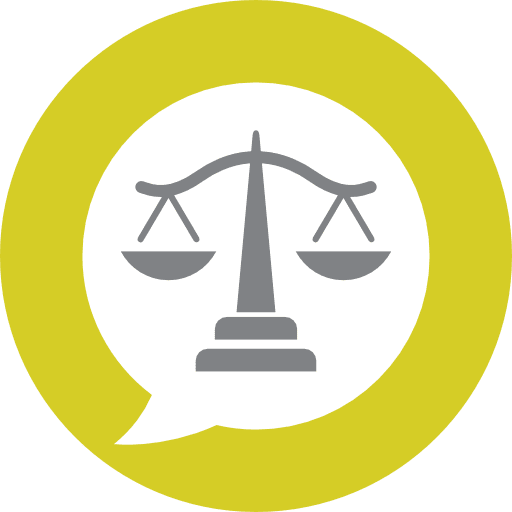15 Top Twitter Accounts To Learn About Cerebral Palsy Attorneys

How to Make a Successful Cerebral Palsy Claim
A diagnosis of cerebral paralysis has a profound impact on the life of the child as well as that of their family. Compensation can help them lead an active and full life by allowing access to care, equipment and support.
Medical negligence is often the cause of cerebral palsy. This can be due to the lack of medical attention during pregnancy, issues during birth, or other occurrences.
Causes
Early diagnosis and treatment for CP can enhance a child's abilities. Doctors determine CP based on the child's muscle tone and coordination. They may refer children to specialists like neurologists, orthopedists for children and physiatrists who will assist in managing symptoms and increase the quality of life for children.
Every person is affected by cerebral palsy in a different way. It can be mild and have little impact on a child's abilities but it can also be severe and cause impairments across all body areas. It can be characterized by a floppy (floppy neck) head and muscles that are stiff or uncontrolled that are difficult to walk, or having difficulty speaking and other functions. If cerebral palsy is only affecting the child's body, it is called hemiplegia. If it affects both sides, then it is called diplegia. In severe cases, CP can cause a locked-in (spastic) condition with muscle spasticity, which restricts the person's movement and can lead to issues with speech and eating.
Medical mistakes in childbirth are a frequent cause of CP. Nurses, midwives, and doctors must be careful when delivering babies because damage to the brain may have serious consequences. A doctor could be held responsible for malpractice if a medical error results in cerebral palsy or brain damage due to oxygen deprivation. This could include negligence in scheduling or performing an urgent C-section, or failing to monitor and escalate a complicated labor.
Signs and symptoms
If your child suffers from cerebral palsy, they will most likely exhibit a variety of physical symptoms. The symptoms can include tight or stiff muscles as well as a limp, uncontrolled movements, and issues with balance and posture. Other issues can include intellectual disabilities, speech delays and hearing and vision issues.
Cerebral Palsy symptoms are caused due to damage to the young brain, most often in infancy or early childhood. A slowing down in reaching milestones such as sitting up, crawling or walking is a common sign of CP. Children with CP might also have trouble swallowing and may require a feeding device.
Several factors can contribute to the development of an injury to the brain that causes CP, including infections like rubella, cytomegalovirus or toxoplasmosis in the womb as well as high blood pressure during pregnancy and genetic predisposition. A significant lack of oxygen to the brain (asphyxia) during labor or delivery is the main cause of CP, as is bleeding in the brain caused by blocked or broken blood vessels.

Symptoms can be mild or severe, depending on the kind of. The most commonly encountered form of cerebral palsy is spastic cerebral palsy. It is characterised by stiff muscles. Dyskinetic cerebral palsy (also called choreoathetoid, or athetoid) involves uncontrolled and slow movement of the arms, legs and the body. Other forms of CP include ataxic cerebral palsy (which has a shaky movement) or paraplegic CP that affects the legs and arms are affected.
Treatment
The specific symptoms of cerebral palsy differ, the majority of sufferers have to cope with stiffness and loss of muscle control. They might also have problems with balance and coordination. cerebral palsy law firm new hampshire of problem that they experience is based on the area of the brain that was injured and the extent of the injury.
Many people with CP require specific physical therapy that assists them improve their muscle tone and mobility and stretch and exercise their joints and muscles. It can also help relieve pain and prevent contracture. It may include exercises, braces with special features, or other treatments.
CP is caused by musculoskeletal issues like patella alta and hip dysplasia. Scoliosis and cervical stenosis also occur. These can cause major problems in mobility, reducing the lifespan of a patient.
Speech and language therapy can be used to help children who are unable to communicate effectively. This can help them to discover new ways to communicate and may involve sign language, communication boards, or voice synthesizers.
These medications can be used to reduce the abnormal movement, reduce pain, and prevent seizures. The medications are administered by mouth or injected into affected muscles or into the fluid around the spinal cord.
Compensation
A successful cerebral palsy claim could result in compensation for your child's for medical equipment, specialist care and treatment. The amount will be determined on the mental and physical effects of your child's illness, as well as on any expenses or losses that you might have incurred. This could include lost earnings due to the fact that you have to work less to care for your children, home adaptations and transport expenses.
Your lawyer may hire an expert in disability care in accordance with the severity of the injuries to your child. This specialist will draft a "life care plan" that will outline their needs starting at the time of diagnosis until they are adults. This will help you calculate a more accurate compensation sum. This usually takes the form of a lump sum as well as regular annual payments that can be adjusted to keep pace with the rate of inflation.
It is important to understand that the amount of compensation you receive for a successful legal matter is not a cash-flow opportunity. It's an acknowledgement that injustice has occurred due to medical professionals didn't fulfill their duty of providing care during labor, pregnancy and the birth.
